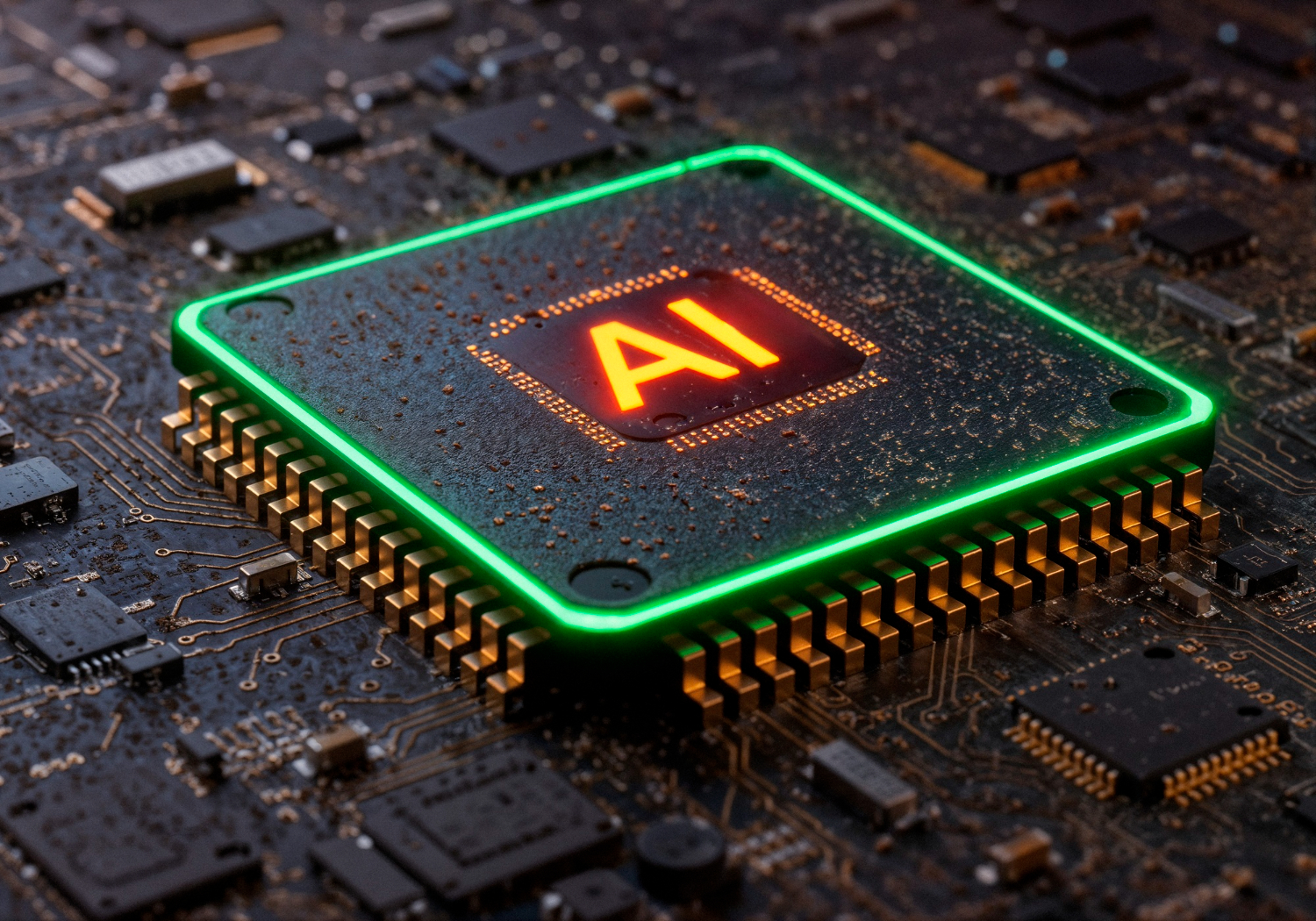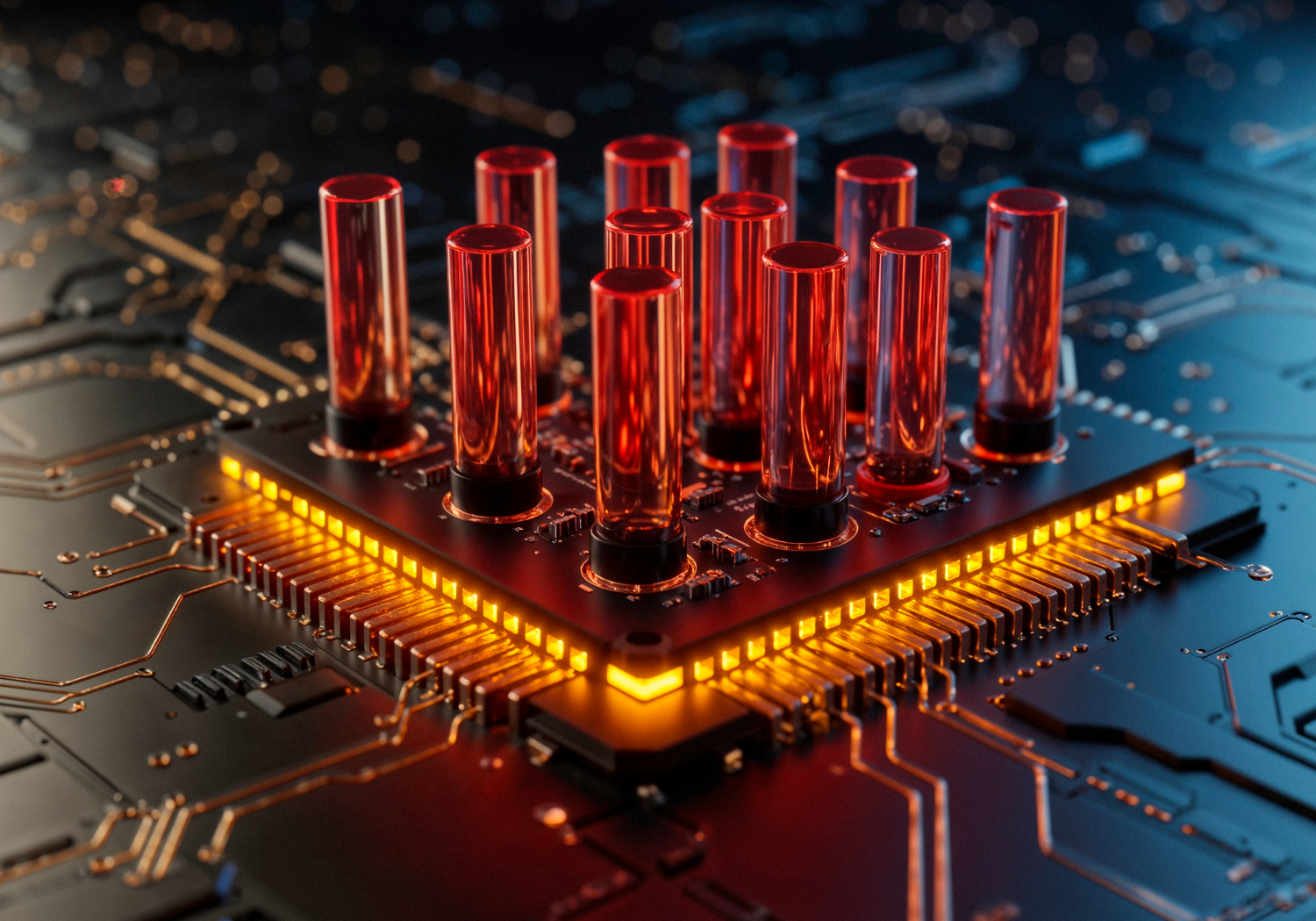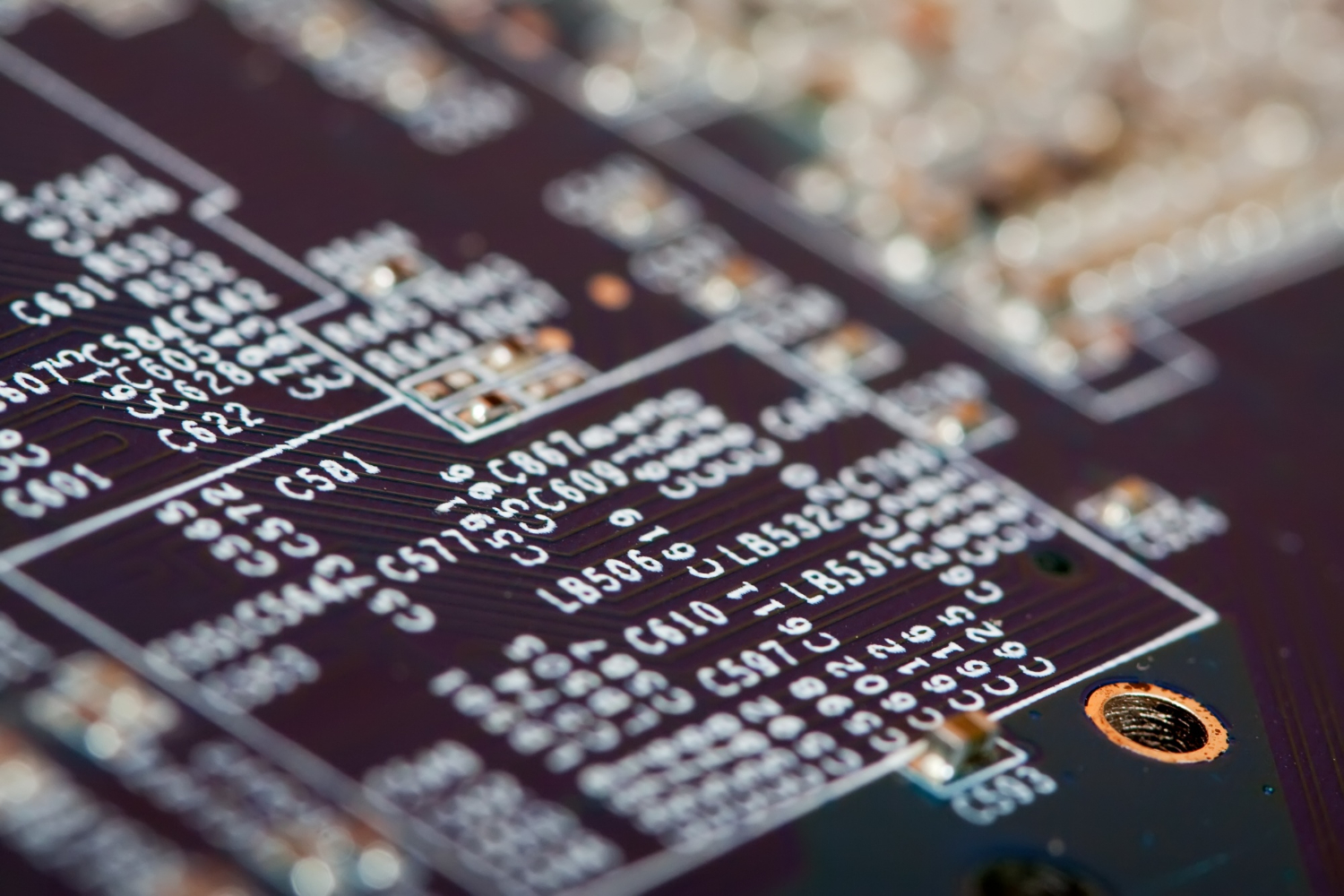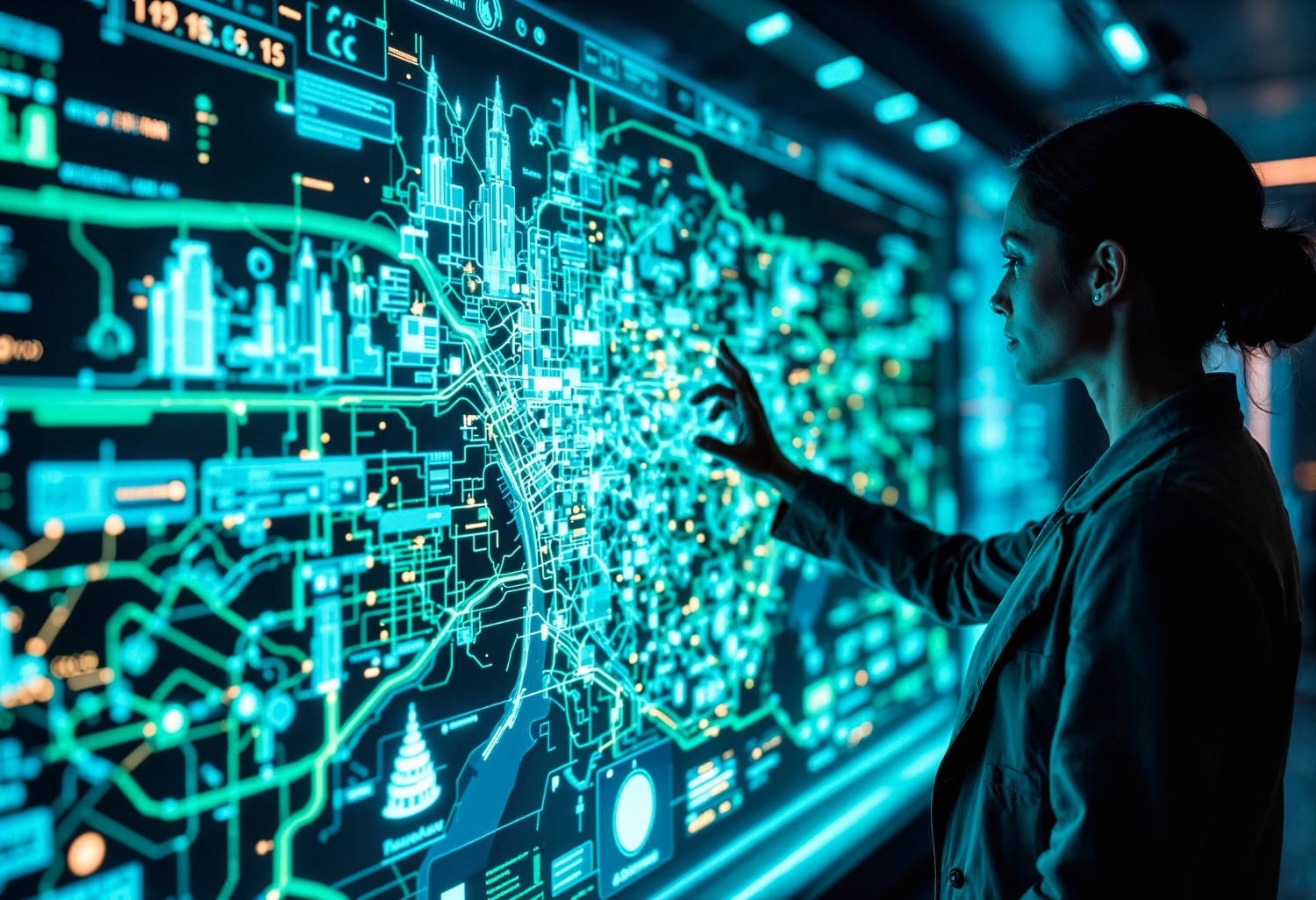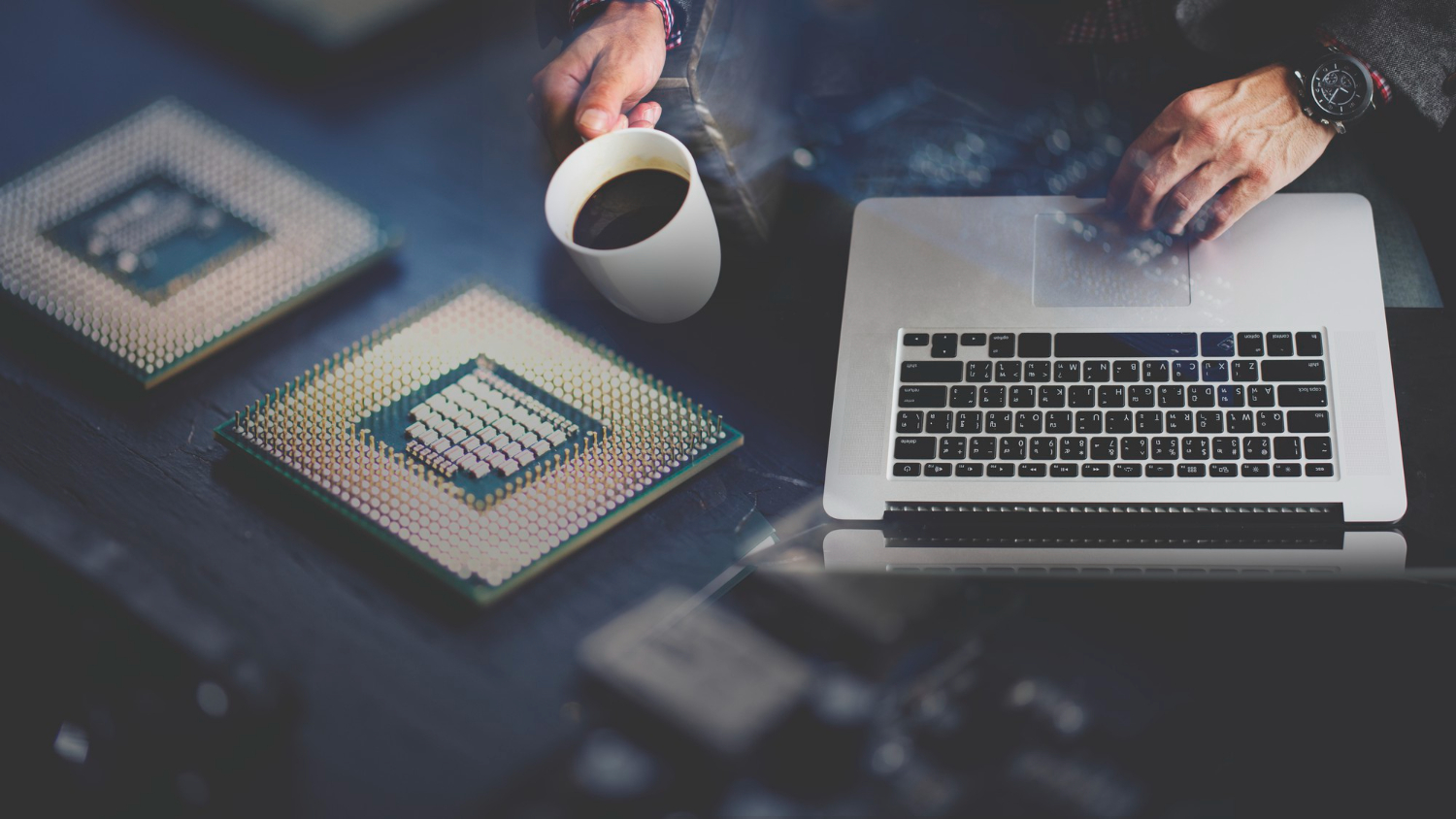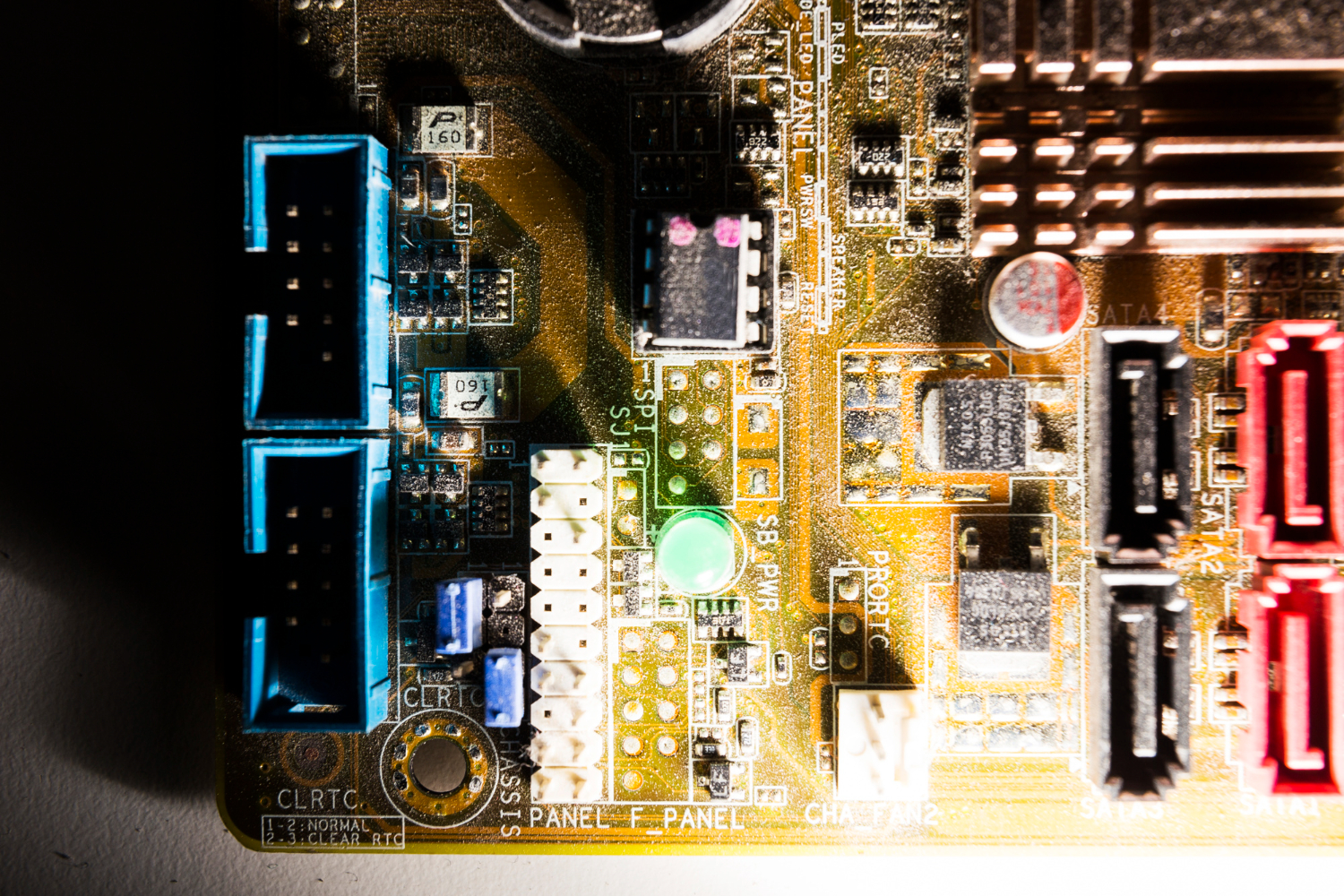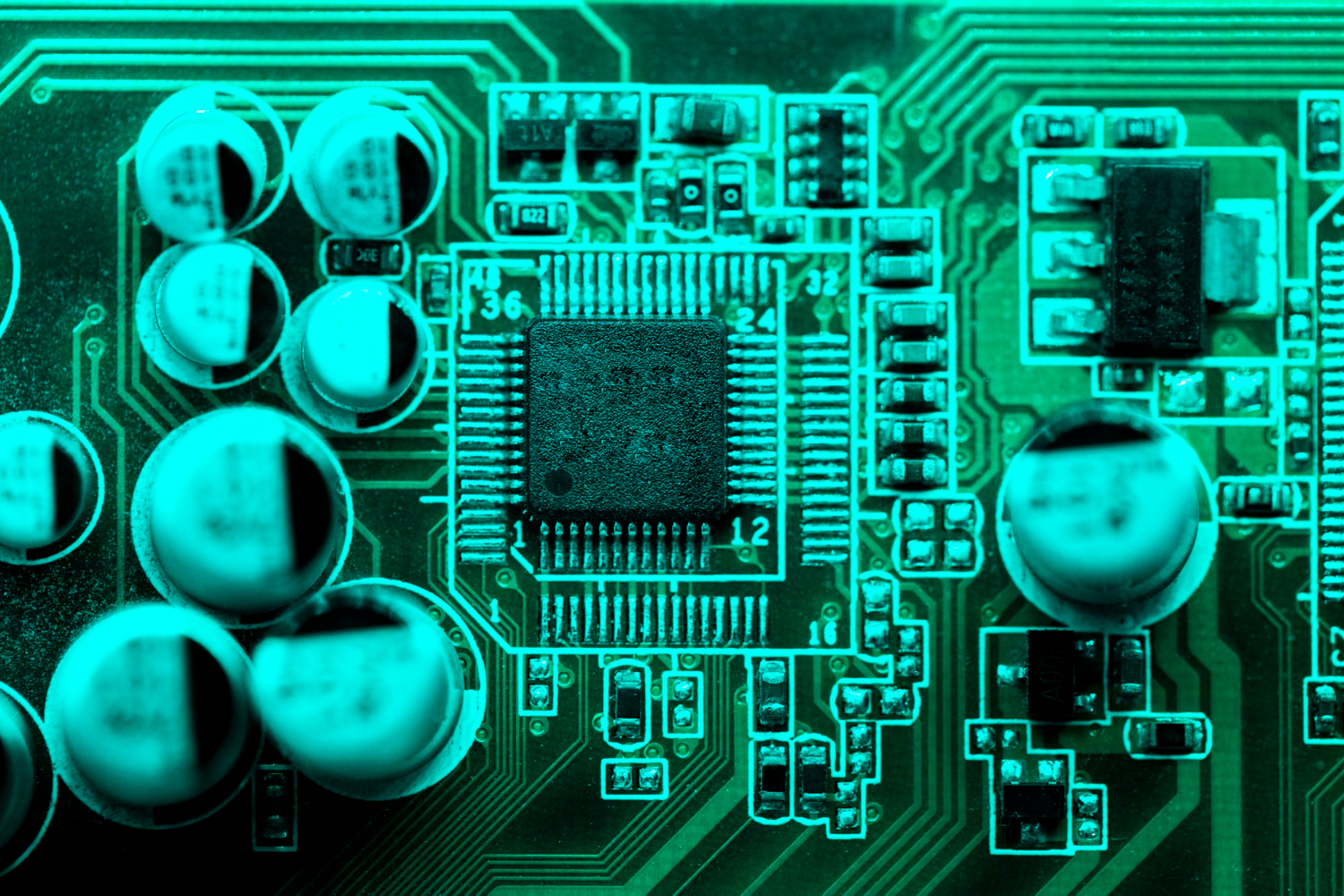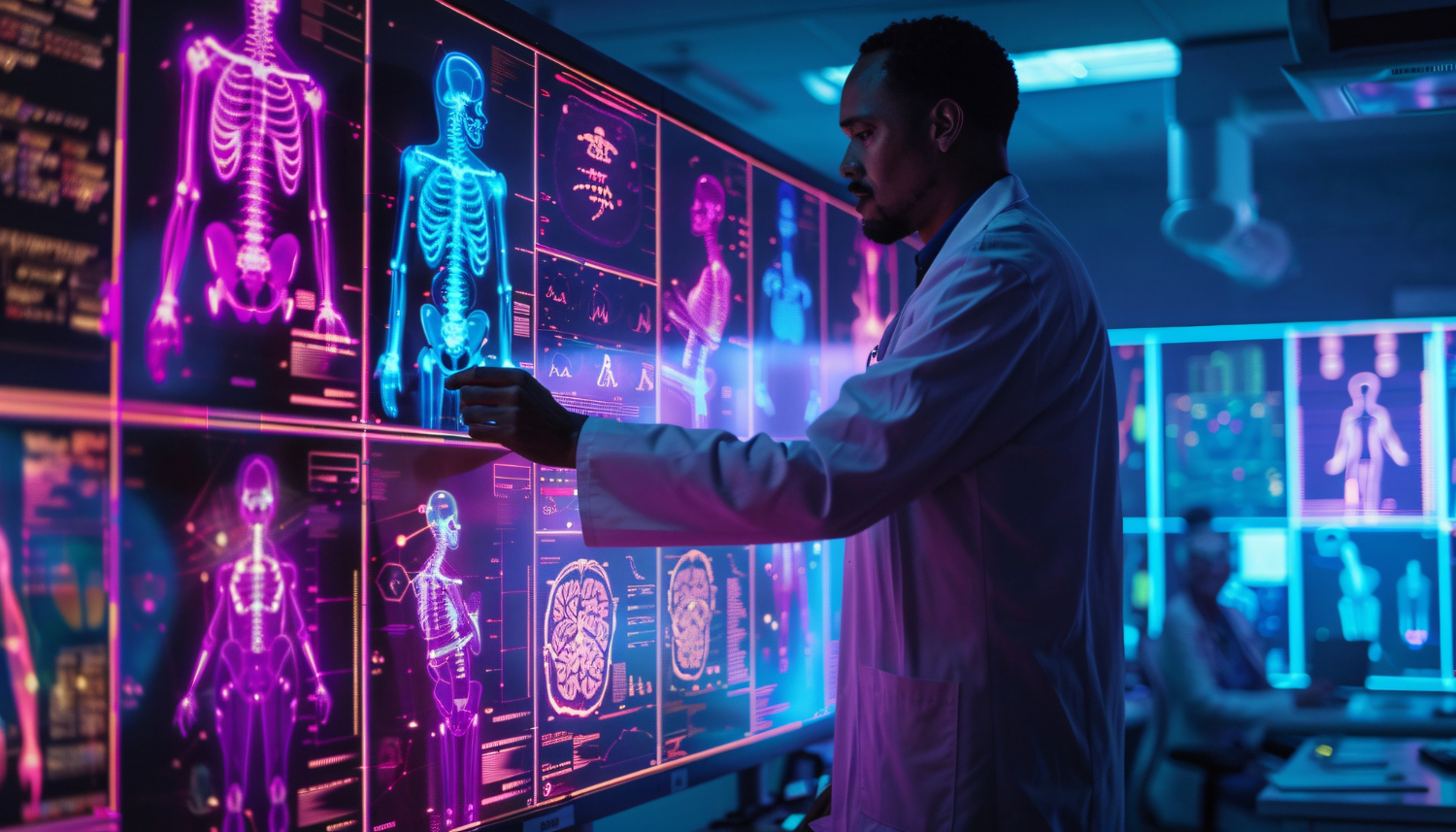Air pollution is a major issue affecting people’s lives worldwide. With the rise of artificial intelligence (AI) and the Internet of Things (IoT), we now have advanced tools to tackle this problem. AI and IoT devices can monitor, analyse, and reduce air pollution. Let’s see how these technologies work together to improve air quality.
The Role of AI in Fighting Air Pollution
AI plays a crucial role in managing and reducing air pollution. It uses machine learning algorithms to analyse large amounts of data. These algorithms identify patterns and predict pollution levels. By processing data from various sources, AI provides valuable insights for better decision-making.
IoT: Connecting the Real World
The Internet of Things (IoT) connects everyday objects to the internet. These devices collect and share data in real time. This connectivity allows for continuous monitoring and control of various systems. In the context of air pollution, IoT devices gather data on air quality from different locations.
IoT Sensors: The Backbone of Data Collection
IoT sensors are essential for monitoring air pollution. These sensors measure pollutants like carbon dioxide, nitrogen dioxide, and particulate matter. Placed in various locations, they provide a comprehensive view of air quality. The data collected by these sensors is crucial for AI to analyse and interpret.
AI and Machine Learning: Turning Data into Action
AI and machine learning algorithms process data collected by IoT sensors. They identify pollution sources and predict future pollution levels. AI can also recommend actions to reduce pollution. For example, it can suggest traffic management strategies to reduce emissions from driving cars.
Real-Time Data for Immediate Action
Real-time data is vital in the fight against air pollution. IoT devices provide continuous updates on air quality. This allows authorities to take immediate action when pollution levels rise. Real-time data helps in making quick decisions to protect public health.
Smart Home Devices and Air Quality
Smart home devices can also help reduce air pollution. Devices like smart air purifiers and ventilation systems improve indoor air quality. Connected to an IoT platform, these devices can be controlled remotely. They can adjust their operations based on real-time air quality data.
AI and IoT in Supply Chains
Supply chains contribute significantly to air pollution. AI and IoT can optimise supply chains to reduce emissions. IoT sensors monitor emissions from factories and transportation.
AI analyses this data to find ways to reduce emissions. For instance, AI can suggest more efficient routes for delivery trucks.
The Role of Internet Connectivity in IoT
Internet connectivity is crucial for the effective functioning of IoT systems. IoT devices connect to the internet to transmit data to centralised platforms where AI algorithms can analyse it. In the United States, robust internet infrastructure supports a wide array of IoT applications, from smart home devices to industrial monitoring systems.
IoT Security Concerns
With the increasing number of physical devices that connect to the internet, IoT security has become a significant concern. Ensuring the security of these devices and the data they collect is essential to protect against cyber threats. Companies must implement robust security measures to safeguard their IoT networks and maintain the integrity of their data.
Cloud Computing and Data Processing
Cloud computing plays a vital role in processing the large amounts of data generated by IoT devices. By leveraging cloud platforms, businesses can store, process, and analyse data in real time, without the need for extensive on-site infrastructure. This approach is particularly beneficial for managing data from autonomous vehicles, which generate vast amounts of information that require efficient processing.
IoT and Autonomous Vehicles
Autonomous vehicles are a prime example of how IoT and AI intersect. These vehicles rely on a network of sensors and internet connectivity to navigate and make decisions in real time. In the United States, the deployment of autonomous vehicles is expanding, demonstrating the potential of IoT in transforming transportation.
Wide Range of IoT Applications
Applications of IoT in air pollution control are diverse. They include monitoring air quality in urban areas, industrial zones, and residential spaces. IoT devices can be deployed in schools, hospitals, and offices to ensure a healthy environment. The benefits of IoT in this field are immense.
Driving Cars and Air Pollution
Driving cars is a major source of air pollution. AI and IoT can help reduce emissions from vehicles. IoT sensors monitor traffic and pollution levels. AI analyses this data to manage traffic flow and reduce congestion. This leads to lower emissions and better air quality.
The Benefits of IoT in Air Pollution Control
The benefits of IoT in air pollution control are numerous:
-
Continuous Monitoring: IoT sensors provide real-time data on air quality. This allows for continuous monitoring and immediate action when needed.
-
Data Collection and Analysis: IoT devices collect large amounts of data. AI and machine learning algorithms analyse this data to identify pollution sources and trends.
-
Predictive Analysis: AI predicts future pollution levels based on historical data. This helps in planning and implementing measures to reduce pollution.
-
Remote Control: IoT devices can be controlled remotely. This allows for quick adjustments to improve air quality.
-
Optimisation: AI optimises systems to reduce emissions. This includes traffic management, industrial processes, and supply chains.
IoT Platforms: Centralising Data and Control
IoT platforms centralise data collected by various IoT devices. These platforms provide a unified view of air quality data from different sources. They also allow for remote control of IoT devices. Centralised data helps in better analysis and decision-making.
Human Intervention and AI Systems
AI systems assist humans in managing air pollution. They provide insights and recommendations based on data analysis. However, human intervention is still necessary. Authorities and experts need to implement and oversee AI-driven measures.
AI-Generated Solutions for Air Pollution
AI-generated solutions are crucial in the fight against air pollution. By analysing data, AI provides actionable insights. For instance, AI can suggest planting more trees in specific areas to reduce pollution. It can also recommend changes in industrial processes to lower emissions.
Machine Learning Algorithms in Action
Machine learning algorithms are the backbone of AI in air pollution control. These algorithms analyse data and learn from it. They improve their accuracy over time, providing better predictions and recommendations. Machine learning algorithms are essential for effective air pollution management.
Information from Large Amounts of Data
AI systems process large amounts of data to provide valuable insights. This data comes from various sources, including IoT sensors, weather stations, and traffic monitors. By combining data from multiple sources, AI systems provide a comprehensive view of air pollution.
Computer Systems and Air Quality Management
Computer systems are integral to AI and IoT applications in air pollution control. They process and store data, run machine learning algorithms, and provide interfaces for users. Advanced computer systems ensure the smooth functioning of AI and IoT applications.
Improving People’s Lives
The integration of AI and IoT has a significant impact on people’s lives. By reducing air pollution, these technologies improve public health and quality of life. They create cleaner and healthier environments, benefiting everyone.
Real-World Examples
Here are some real-world examples of how AI and IoT are being used to combat air pollution:
-
London’s Air Quality Monitoring: In London, IoT sensors are deployed across the city to monitor air quality. The data collected is analysed by AI systems, providing real-time updates. This allows city officials to implement measures to reduce pollution, such as traffic restrictions on high-pollution days.
-
China’s Smart City Initiatives: Several cities in China use AI and IoT to monitor and manage air quality. For example, in Beijing, a network of IoT sensors measures pollution levels across the city. AI systems analyse the data and suggest actions to reduce pollution, such as controlling industrial emissions and traffic flow.
-
California’s Wildfire Smoke Monitoring: In California, IoT sensors are used to monitor air quality during wildfire season. AI systems analyse the data to predict smoke spread and its impact on air quality. This information helps authorities take measures to protect public health, such as issuing air quality warnings and advising people to stay indoors.
-
Industrial Emission Control in Germany: In Germany, several industrial companies use IoT sensors to monitor emissions from their factories. AI systems analyse the data to identify ways to reduce emissions. For example, by optimising production processes and improving energy efficiency, these companies can lower their environmental impact.
-
Smart Traffic Management in Singapore: Singapore uses a smart traffic management system to reduce vehicle emissions. IoT sensors monitor traffic flow and pollution levels in real time. AI analyses this data to manage traffic lights and suggest alternative routes. This reduces congestion and improves air quality.
TechnoLynx: Your Partner in AI and IoT Solutions
TechnoLynx specialises in AI and IoT solutions for air pollution control. Here’s how we can help:
-
Customised AI Solutions: We provide customised AI solutions tailored to your specific needs. Our AI systems analyse data and provide actionable insights to reduce air pollution.
-
Real-Time Data Analysis: We offer real-time data analysis to ensure immediate action when pollution levels rise. Our systems provide continuous updates and insights.
-
Optimisation and Efficiency: We optimise systems to reduce emissions. This includes traffic management, industrial processes, and supply chains.
-
Expert Support: Our team of experts provides support and guidance throughout the implementation process. We ensure that your AI and IoT solutions are effective and efficient.
Conclusion
AI and IoT are powerful tools in the fight against air pollution. By providing real-time data and actionable insights, these technologies help in reducing emissions and improving air quality. From monitoring urban air quality to optimising supply chains, the applications of AI and IoT are vast and impactful.
TechnoLynx is your partner in implementing AI and IoT solutions for air pollution control. Our customised solutions, advanced solutions, and expert support ensure that your efforts to combat air pollution are successful. Contact TechnoLynx today to learn how we can help you create a cleaner and healthier environment.
Image by Freepik


